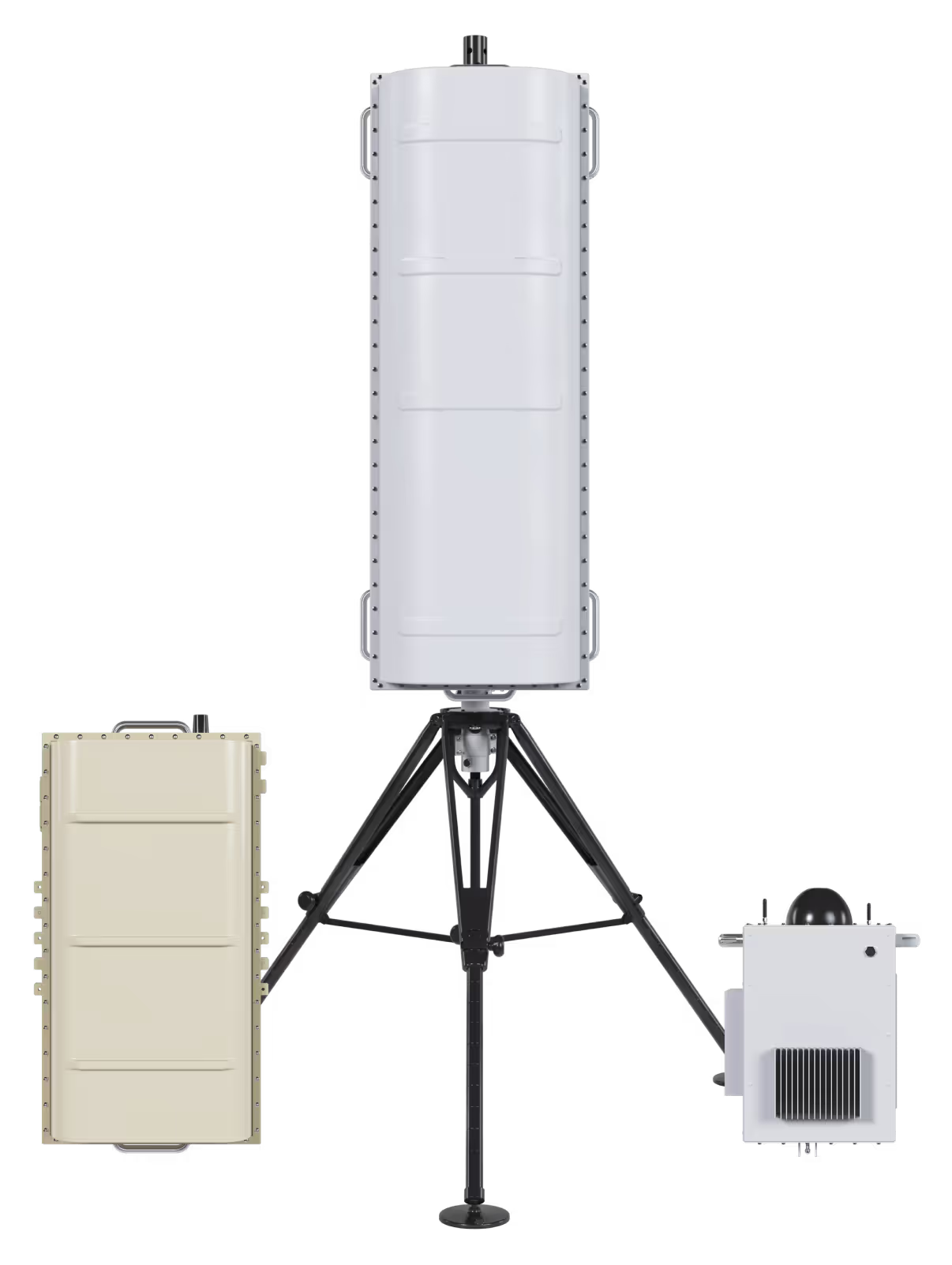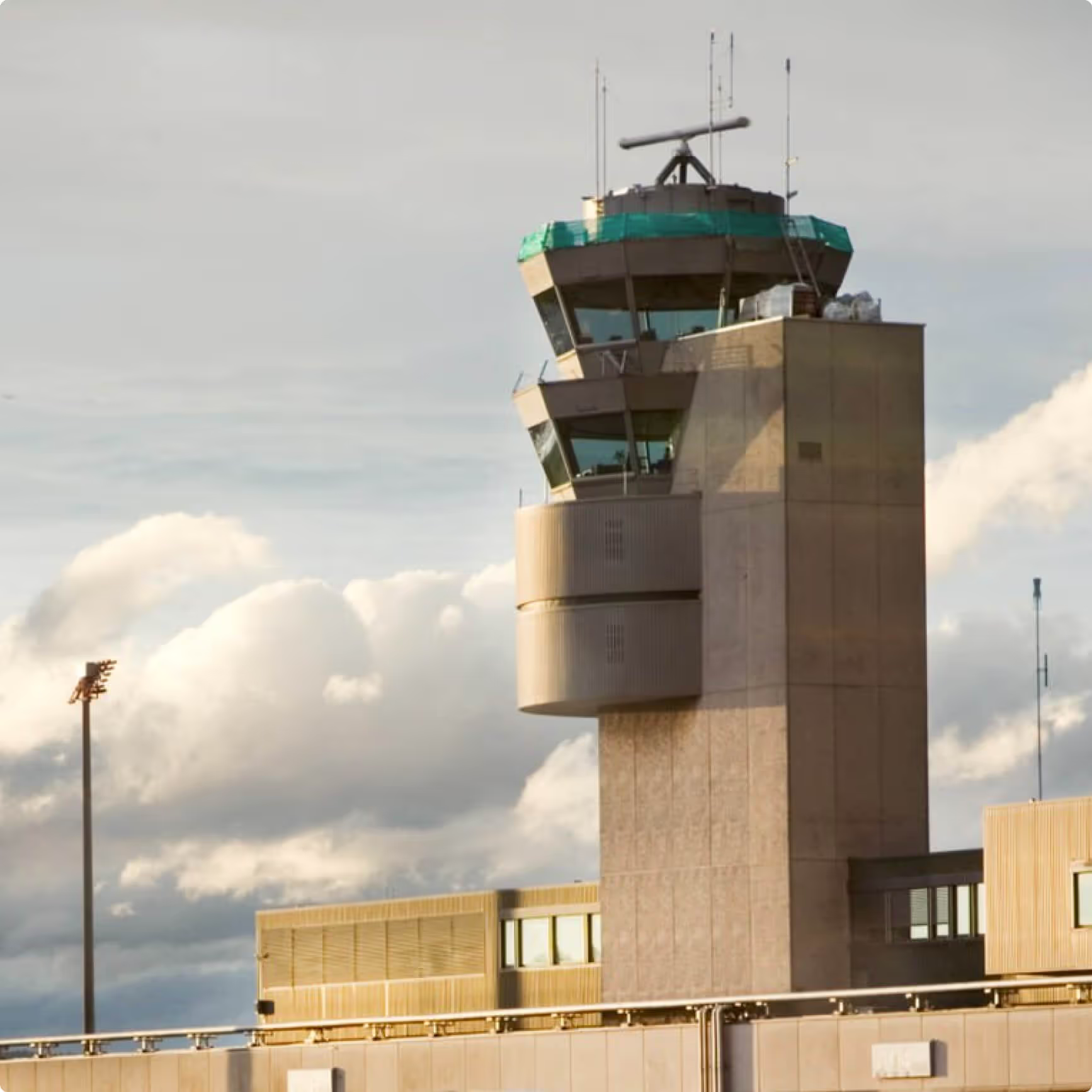Thank you! Your submission has been received!
Oops! Something went wrong while submitting the form.
.webp)
solution for critical infrastructure
Secure your infrastructure.
Nefarious drone activity can seriously disrupt operations at power plants, manufacturing facilities, airports and more, while proactive inspections by drone fleets can protect our utilities, places, and people. Hidden Level’s passive, multifunction sensors provide early-stage detection of disruptive drone activity, and support BVLOS operations.
US FCC compliant. Encrypted, restricted, secure. Reduced operator burden. Interoperable, open architecture. This is how you protect the places we Depend on.
how we protect critical infrastructure.
Secure a perimeter.
Get early-stage alerts of any nefarious drone activity in the vicinity of critical assets.
.avif)
Monitor
assets across wide areas.
Extend your visibility across wide and remote territories with passive sensors that don’t interfere with existing operations.
.avif)
Support BVLOS operations.
Conduct proactive infrastructure inspections beyond visual line of sight to improve service reliability.
.avif)
Extend your
cyber
security.
Keep your data, communications, and finances secure from drone-based network breaches.
.avif)
Use our data
Powered by Hidden Level’s global sensor network.

Gather your own data
Find the right sensor to meet your mission.
Designed to make your decisions clear.
Deploy.
More coverage with less headcount.
Count on 24x7, layered defense. Receive customized alerts from an omni-present, layered defense system that classifies threats at the edge, so operators spend less time analyzing data, and more time acting on data.
Integrate.
Unify your response.
Communicate and collaborate seamlessly with an open-API architecture that lets you integrate with any system and provides a common operating picture.
Detect.
Spot threats to your service.
Protect your most valuable assets. Track all crewed and uncrewed aerial activity at low altitude. Hidden Level’s passive sensors provide remote visibility without disrupting existing operations.
Analyze.
Strengthen your defense.
Predict threats. Leverage historical data for predictive security that keeps you ahead of threats.
nation-state actors will continue to target American critical infrastructure – and tolerate or enable malicious activity conducted by non-state actors. In the event of crisis or conflict, America's adversaries may attempt to compromise our critical infrastructure.
Built to make a difference.
.avif)
why use multifunction sensors?
White paper.
Increased speed in technology deployment and a dynamic RF
environment are dictating that designing and deploying sensors with multiple programmable functions should be a priority.








%20(1).avif)

